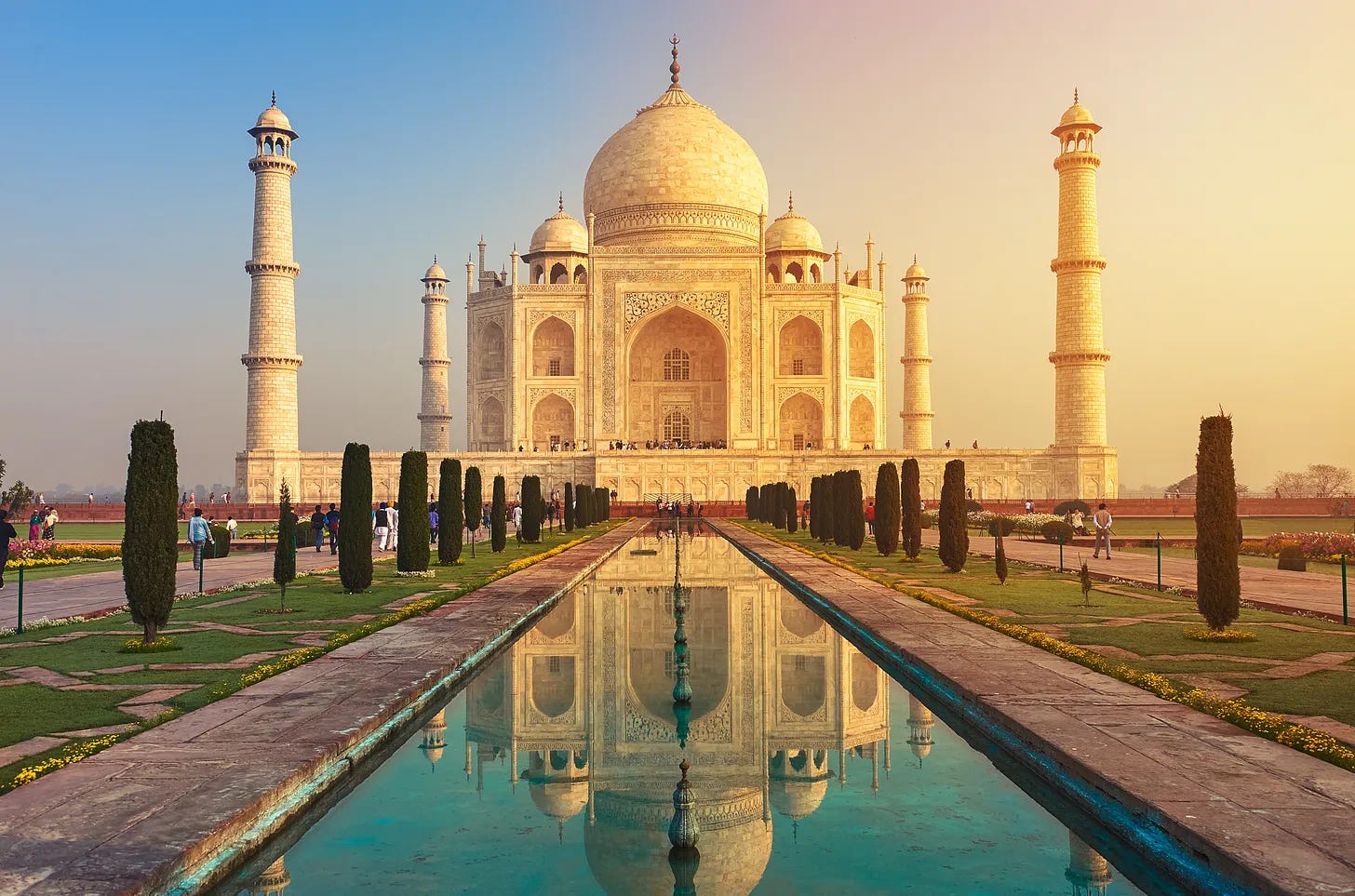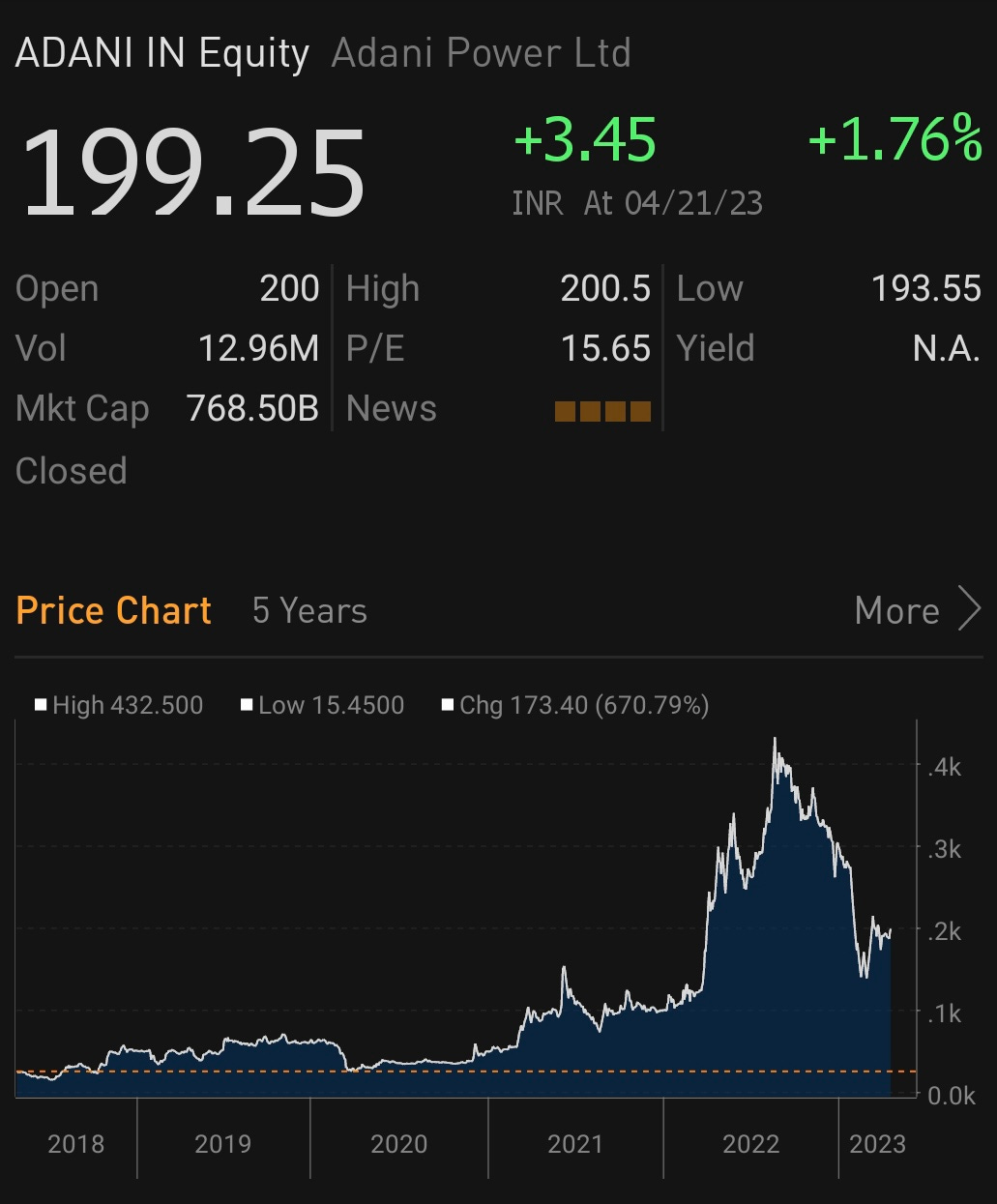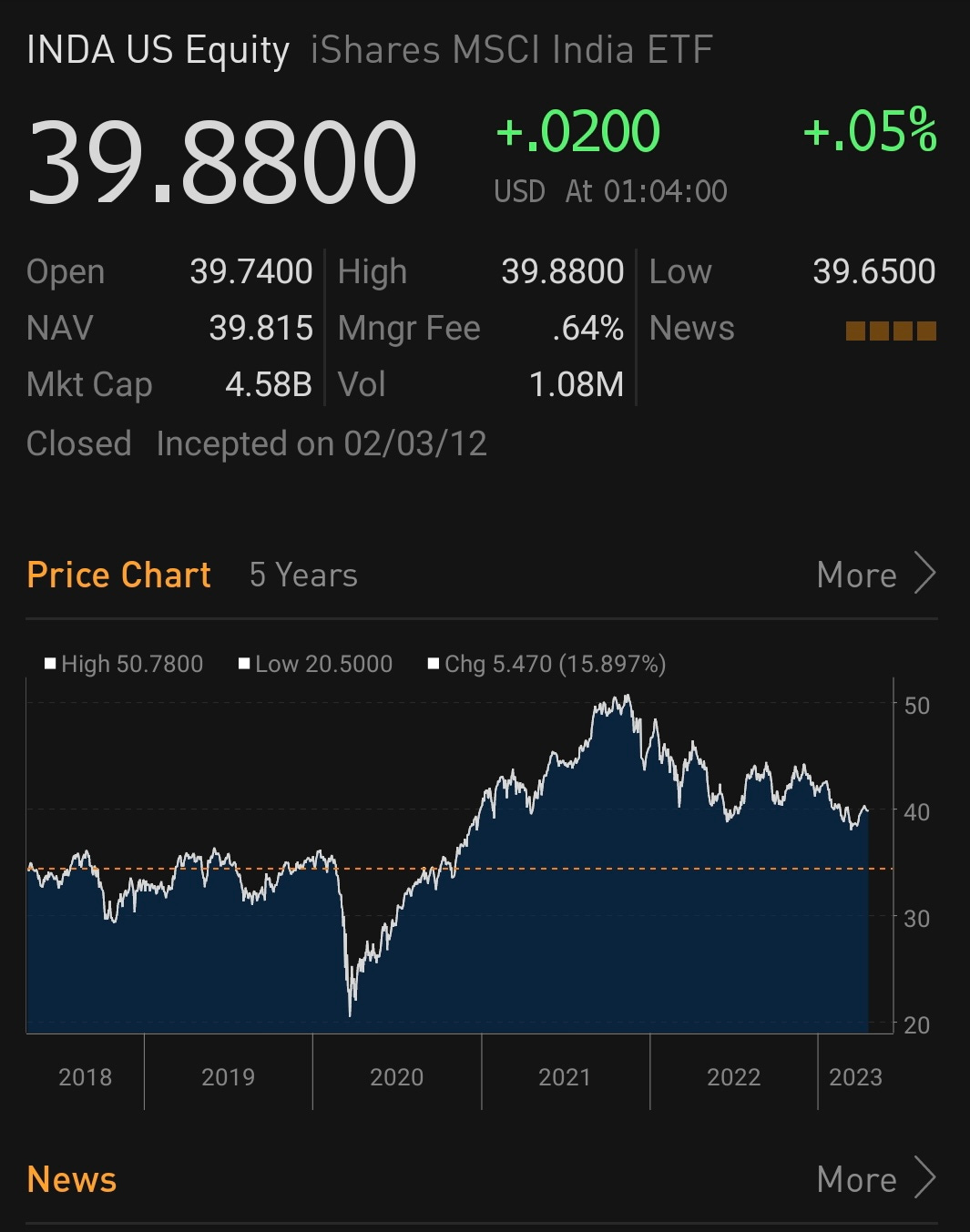In my first post, “What To Do About India?” On January 4th of this year, I highlighted that India was severely overrepresented in the richest people in the world list, AND, that their wealth relative to the size of the Indian economy really stood them out as the sort of people that should suffer in a swing away from pro-capital to pro labour policies. I reproduce the original table. At the time, I suggested that the Adani net worth really looked excessive. A few weeks later, Hindenburg Research published a note, that saw a large decline in some of the Adani company share prices, and the latest figures has his net worth at closer to USD58bn.
For those of you unaware, Adani share prices rose dramatically in 2022. With the Hindenburg report, they have fallen by some 50%. It should be noted, Adani Power was falling well before the Hindenburg Report, and are still well up on where they where a couple of years ago.
If you have not read the report, basically it claims the company’s have lots of debt, there is lots of cross ownership between subsidiaries, claims of share price manipulation, and aggressive use of Mauritius shell companies to maintain corporate control. But this is how business works in India. I was a bit surprised that anyone really cared that much to be honest.
The whole experience of the Adani group, really sums up the broader experience of Indian investing. Lots of excitement, lots of potential, but after adjusting for currency, pretty disappointing. Buying the MSCI India ETF (INDA US) has not really done anything for you for the last 5 years.
Having returned to Bangalore for the first time in 10 years, there definitely been development, and some improvement in infrastructure. But as someone who was in China in 1998, I still marvel at the differences between the two nations. In 1998, the Chinese government was massively overbuilding. Empty highways that would stretch forever, massive airports with only 3 scheduled flights, even as even the best hotels would be rather shoddy. If I had to categorise it, it was that public assets were great, where as private assets were not so good. India was, and remains, the opposite, where public assets remain shoddy, while private assets (hotels, shopping malls, IPL teams) can be world class. While India gets compared to China mainly due to its size, a better comparison feels like Malaysia to me. Diverse populations, English as a lingua Franca, and an overly close relationship between business and government. For non-dedicated Emerging Market investors, you are probably wondering what does comparing India to Malaysia mean? Back in the day Malaysia was the single biggest market in emerging markets, but since 1998, it has been probably the worst value trap of all time.
The comparison is not perfect, but it is also not that bad either. And it does some up my feeling towards investing in India - it is far more risky than most people realise. One thing that I do take from my visit to India, is that if I am wrong, and India thrives, then expect the gold price to continue to trade well. And this makes me want to stick with my GLD/TLT trade.
















